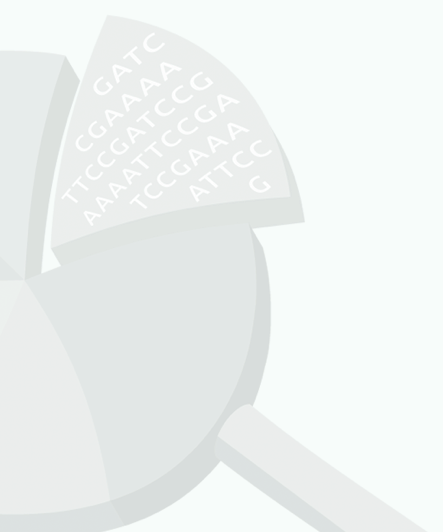YummyData (in Japanese Umaka Data) is a site that lists and monitors SPARQL endpoints that provide data of interest to the biomedical community.
Sometimes it is difficult to decide which endpoint to use. YummyData helps by providing a curated list of endpoints, and by monitoring over time their availability, updates rate, standard compliance and other features that are important to data consumers.
Beyond this, YummyData provides a forum where consumers and providers of biomedical information in RDF can communicate and improve the usability of the web of (bio) data.
If you are a provider and want your resource exposed in a curated directory, or if you are a user and have issues with an endpoint, YummyData is here to help.
Scores
Umaka Score: what it is?
#umakadata news from Twitter
Endpoint discussions
About
YummyData is a system that monitors SPARQL endpoints (and in general RDF datasets) relevant for biomedical research. It provides information such as their compliance to standards and their performance.
Examples of features that YummyData inspects are the presence of a VoID descriptor, the presence of license information, support of SPARQL1.1 or support for CORS.
Examples of the information that YummyData monitors are the endpoint uptime, the number of statements, and some measure of the amount of ontology constructs in use.
